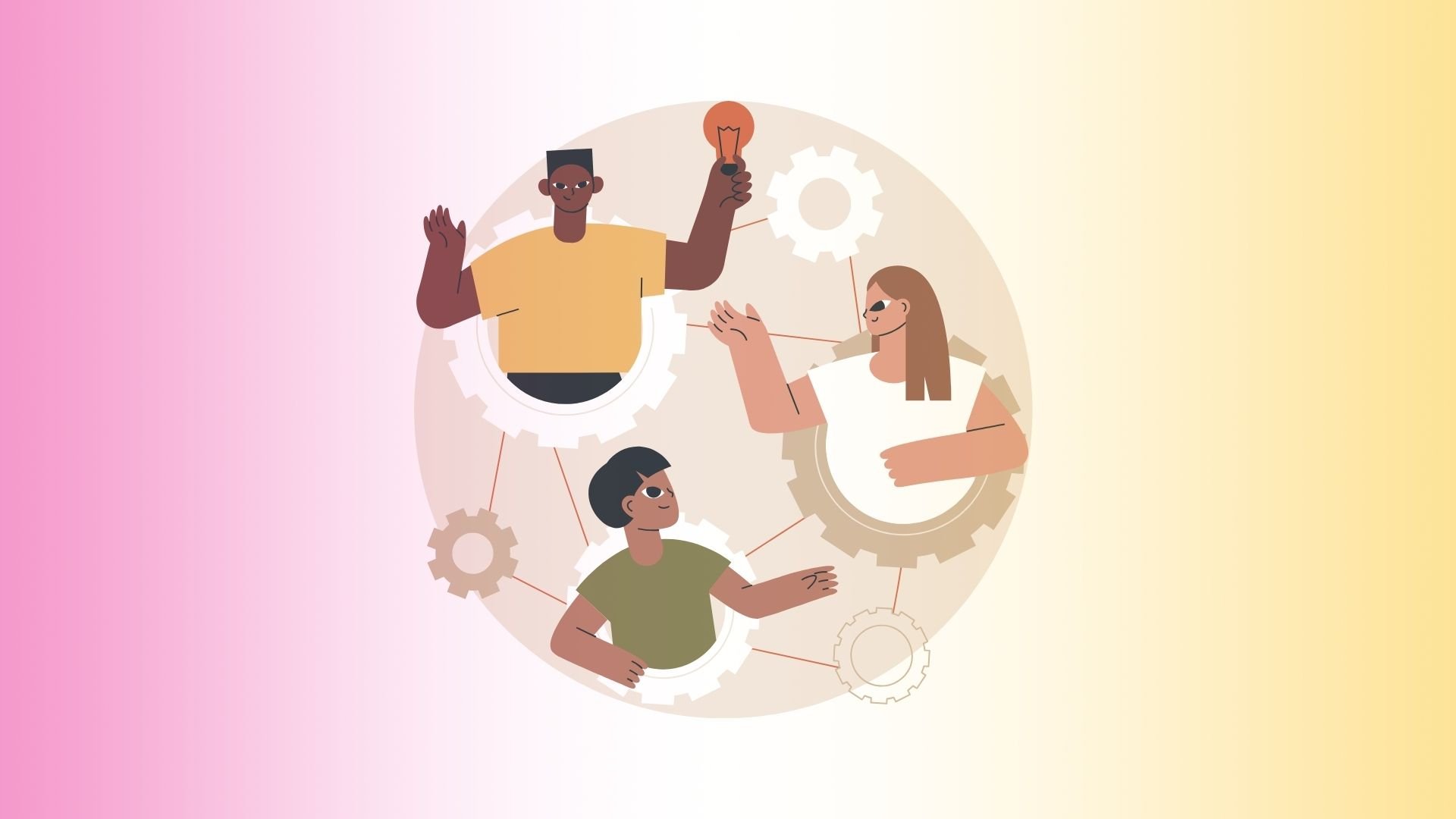Defining Underrepresented Students: Navigating the Landscape of Higher Education
Understanding Underrepresentation
In the realm of higher education, the term "underrepresentation" refers to a situation where certain groups of students are consistently underrepresented in terms of their enrollment, participation, and success rates compared to the overall student population. These groups often face systemic barriers and challenges that hinder their educational opportunities and outcomes.
Identifying Underrepresented Groups
Underrepresented students encompass a diverse range of individuals who share the common experience of marginalisation and underrepresentation in higher education settings. These groups typically include:
Ethnic minority students: Individuals from racial or ethnic groups that are underrepresented in higher education.
First-generation students: Individuals whose parents do not have a university education.
Students from low-income backgrounds: Individuals from households with incomes below the federal poverty line or those eligible for financial aid programs.
Students with disabilities: Individuals who have a physical or mental impairment that substantially limits one or more major life activities.
Students from rural backgrounds: Individuals from areas with low population density and limited access to educational resources.
LGBTQ+ students: Individuals who identify as lesbian, gay, bisexual, transgender, queer, or questioning.
Addressing the Pervasiveness of Underrepresentation
The underrepresentation of these groups is a complex issue with deep-rooted historical and social factors at play. These factors include:
Disparities in primary and secondary education: Underrepresented students often face unequal access to quality primary and secondary education, leading to academic preparation gaps and challenges in higher education.
Financial constraints: The rising costs of higher education can disproportionately impact underrepresented students from low-income backgrounds.
Cultural mismatches: Predominantly white institutions may have a dominant culture that differs significantly from the cultural backgrounds of underrepresented students, leading to feelings of isolation and alienation.
Stereotype threat: Underrepresented students may experience stereotype threat, the fear of confirming negative stereotypes about their group, which can hinder their academic performance and self-confidence.
Lack of role models and mentors: Students from underrepresented groups may lack access to role models and mentors who share their backgrounds and experiences, making it difficult to find guidance and support.
Fostering an Inclusive Learning Environment
Institutions of higher education can play a crucial role in dismantling these barriers and fostering a more inclusive and equitable learning environment for underrepresented students. By implementing effective strategies, such as financial aid, academic support programs, cultural competency training, mentorship programs, and diversity initiatives, institutions can empower underrepresented students to thrive academically, personally, and professionally.
Conclusion
Understanding the definition of underrepresented students and addressing the challenges they face is essential for promoting equity and inclusion in higher education. By creating a more welcoming and supportive environment, institutions can empower underrepresented students to reach their full potential and contribute to a more diverse and inclusive society.
The Latest Innovations in Widening Participation
Here at HE Professional, we are always exploring the latest ideas and innovations for professional services looking to enhance front-line delivery for students. To stay up to date with the latest insights, subscribe to our free weekly roundup. You’ll receive fresh content straight to your inbox every week.





